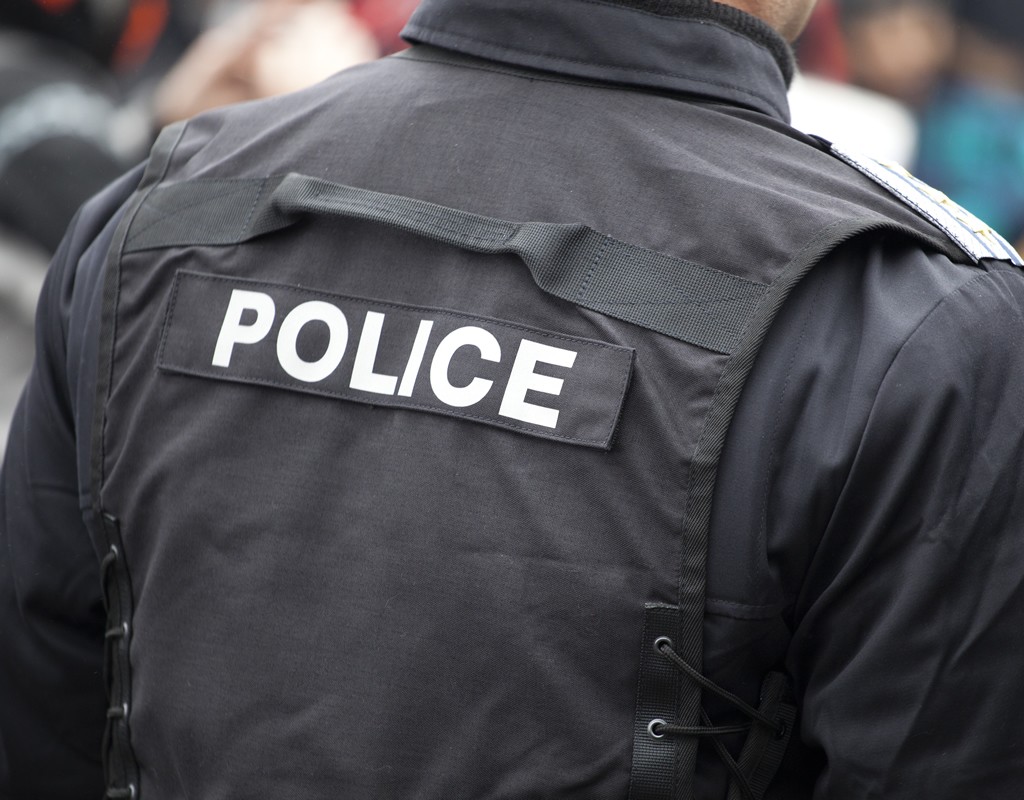
Suspected Mental Illness is Key Risk Factor for Use of Force by MCPD, Report Finds
 The Montgomery County Council’s Office of Legislative Oversight (OLO) released a comprehensive report Tuesday analyzing the county’s public safety response to mental health situations.
The Montgomery County Council’s Office of Legislative Oversight (OLO) released a comprehensive report Tuesday analyzing the county’s public safety response to mental health situations.
The report found that suspected mental illness is a key risk factor that leads to uses of force by Montgomery County Police Department (MCPD) officers. It cites MCPD’s latest Use of Force Report, which shows that in 30% of uses of force in 2019, mental illness was reported as a suspected factor.
About 2.3% of police dispatches from the 911 call center between Sept. 1, 2017-May 31, 2020 were classified as mental health situations by MCPD. Police respond to most mental health situations, but county fire and rescue (MCFRS) may help or respond on its own if the situation is not deemed dangerous.
There were 13 key findings overall, for best practices and within the county. Other OLO findings in Montgomery County include:
- “The lack of alternatives to hospital emergency departments for short- and intermediate-term care for individuals experiencing mental health crises limits the County’s ability to effectively serve this population.”
- “About a third of all police responses to mental health situations, and over a third of Mobile Crisis Outreach Team responses, result in involuntary hospitalization.”
- “Available demographic data on police and DHHS responses to mental health situations reveal significant disparities by race and ethnicity.”
- “Available data on public safety responses to mental health situations in Montgomery County have several limitations.”
While comprehensive demographic data is not available, OLO said limited data between Sept. 1, 2017-May 31, 2020 shows that Black individuals are overrepresented among people subjected to petitions for emergency evaluation, making up 38% of, while only making up 19% of the population.
OLO works to provide independent findings and recommendations to help the council with its legislative oversight duties. It made two recommendations to the council:
- “Request that the Executive discuss with Maryland 211 opportunities for collaboration on responding to mental health and substance use crisis calls.
- Request that MCPD track and report key data points on responses to mental health situations and associated uses of force.”
OLO also offered two discussion points to councilmembers:
- “Changes and enhancements to public safety resources, training and procedures for mental health responses.
- The status of ongoing efforts to reduce reliance on law enforcement for mental health situation responses.”
According to the report, MCPD administers three trainings to officers on mental health situations: an eight-hour Mental Health First Aid (MHFA) training course, a 40-hour Crisis Intervention Team (CIT) training program and 1-2 hours of yearly in-service training. The 40-hour CIT training is now required for all recruits and at the time this report was written, about 58% of officers completed the 40-hour training, OLO said. All officers finished either the CIT training or the eight-hour MHFA training.
The report explains that county residents can receive mental health assistance from a variety of sources, public safety and non-public safety. Resources include: MCPD, MCFRS, the Sheriff’s Office, other local law enforcement, the Montgomery County Crisis Center, the EveryMind Montgomery County Hotline, MC311 and Maryland 211.

Engage us on Facebook
Follow us on Twitter
Tweets by @mymcmedia